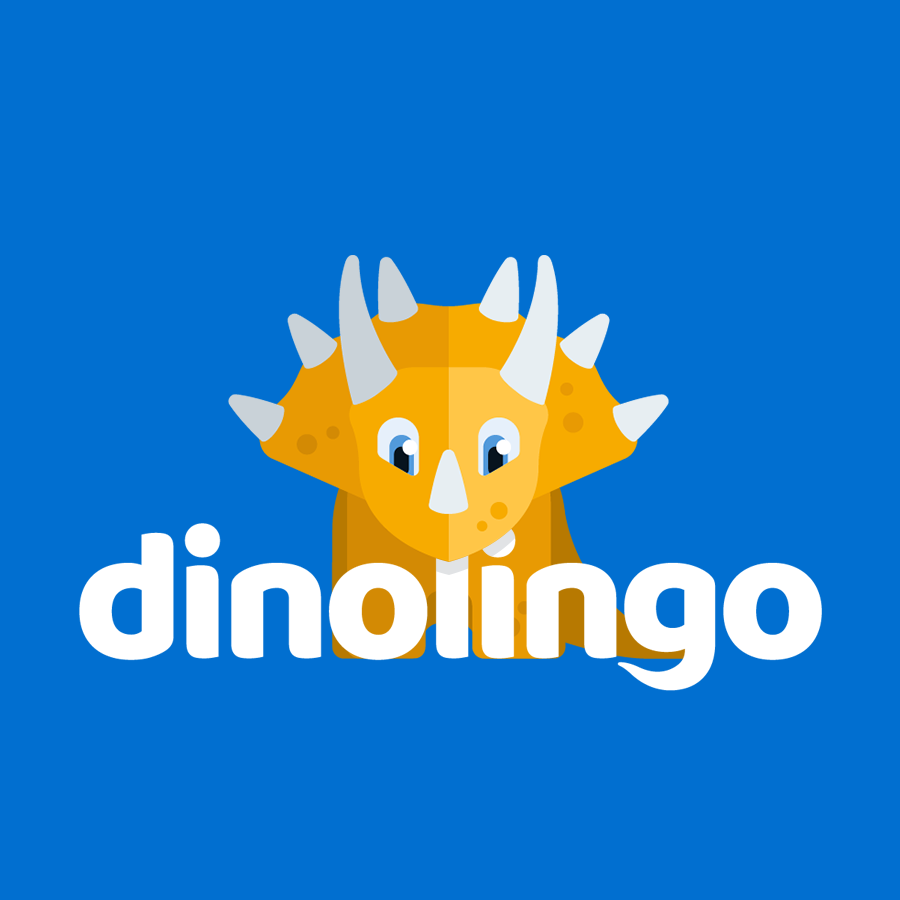There are thousands of languages and dialects used in the world. Some are easier for English speakers to pick up than others. Which languages are the easiest and hardest for English speakers to learn? We answered that question for you below.
Easiest:
- Spanish, French, Italian, Portuguese, and Romanian are the easiest languages to learn as an English native speaker. They are considered romance languages, which basically means they were derived from Latin. Many English words also come from Latin, so each romantic language has cognates in them. Examples in Spanish include perfect cognate words like chocolate and actor. There are also a lot of near perfect cognates like delicious/delicioso.
- Norwegian, Swedish, and Danish are also easy languages for people who speak English to learn. They are all Germanic languages, which is what the English language is considered. It’s derived from Proto-Germanic, which was spoken in Scandinavia from around 500 BC – 332 BC during the Iron Age. Their verbs are conjugated similarly to English. They also have a lot of English cognates, which are the same or similar words and phrases. Perfect cognate examples in Danish are spurt and band. Near perfect cognates are typhoon/tyfon.
Hardest:
- Chinese (Cantonese/Mandarin): Mandarin is the official language for China. Both Cantonese and Mandarin share similar writing systems, and it is insanely different from the English one. Every word has to be memorized separately because you cannot spell out words in these languages. They also use pitch to differentiate words that sound the exact same while speaking with a monotone voice. So, tone deaf people will have an even harder time learning this language.
- Japanese: Japanese is similar to Chinese in its writing style. However, they also have two different types of Japanese, and which one you speak depends on your gender. English speakers are starting to lean away from gender specific swords and phrases, so it could be tricky to understand.
- Arabic: The Arabic language has an alphabet. This fact alone makes it easier to learn than the other two languages mentioned before it. The hard part comes with the way you sound out things. This language uses noises made in the back of the throat, which is not something English speakers are naturally prepared to do. You also read Arabic from right to left, which is the opposite of Germanic and Romantic languages.
Remember, it’s also easier to learn a language when you are passionate about it and it’s culture. If you and your family want to learn a new language, click here to read “The Best Language Learning Apps and Websites For Every Age”.

Online lessons for kids: dinolingo.com


